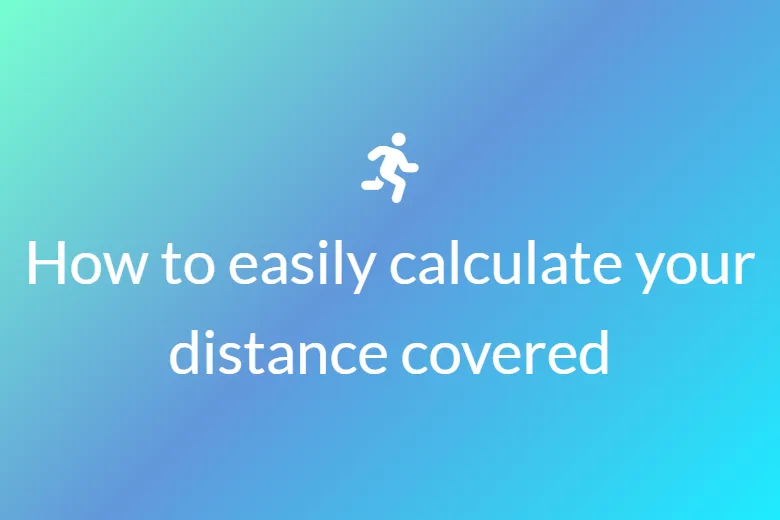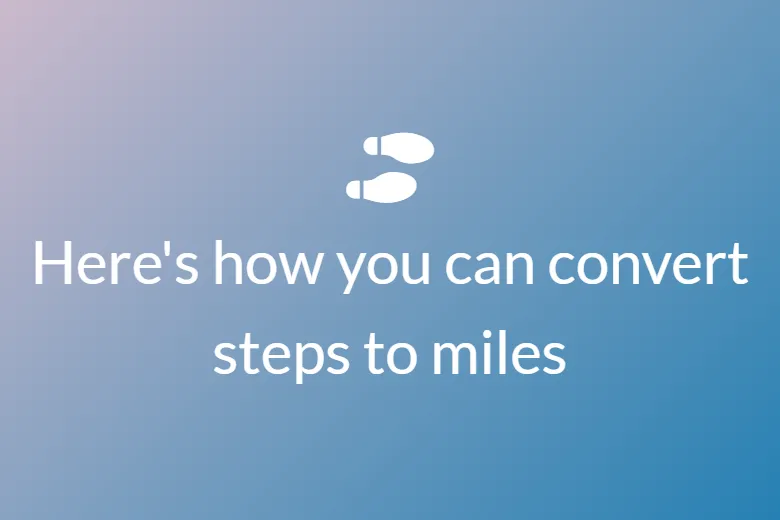What are calories?
The majority of individuals associate calories with eating and weight reduction. A calorie, on the other hand, is a unit of heat energy. A calorie is the amount of energy required to elevate one gramme (g) of water by one degree Celsius.
Outside of the human body, this measurement can be used to a variety of energy-releasing devices. Calories are a measurement of how much energy the human body requires to function.
Calories are found in food. Calorie counts vary with food, indicating that each food has a variable quantity of potential energy.
Carbohydrates, proteins, and fats are the three fundamental types of foods that make up all of the food that humans consume. Each of these three forms of food has a different quantity of potential energy per gramme.
The calorie distributions
The following are the Trusted Sources per gramme for each food type:
4 calories per gramme of carbohydrates
4 calories per gramme of protein
9 calories per gramme of fat
Importance of Calculating your Calories
To keep us alive and our organs functioning properly, our bodies require energy.
We put energy into our bodies when we eat and drink. Our bodies expend that energy in a variety of ways, including everything from breathing to sprinting. The energy we put into our bodies must be equal to the energy we need via normal body functions and physical exercise in order to maintain a stable weight.
Balancing the energy you put into your body with the energy you use is an important aspect of a healthy diet.
The more physical activity we engage in, for example, the more energy we expend.
Do not be concerned if you consume too much energy in a single day. Simply try to consume less energy the next few days.
Knowing how many calories are in your food and drink can help you avoid overeating.
Many store-bought items have their calorie content listed on the box as part of the nutrition label.
This information will be found under the topic “Energy.” The calorie content is frequently expressed in kcals (short for kilocalories) and kJ (short for kilojoules).
A kilocalorie is an alternative term for a calorie, hence 1,000 calories will be expressed as 1,000kcals.
Calories are measured in kilojoules, a metric unit of energy. Multiply the calorie amount by 4.2 to get the energy content in kilojoules.
You may compare the calorie content of different products by looking at the label, which will usually tell you how many calories are in 100 grammes or 100 millilitres of the meal or drink.
Many food labels will also list the number of calories in a single serving.
However, keep in mind that the manufacturer’s definition of a portion may differ from yours, so the piece you serve yourself may have more calories.
The calorie information can be used to determine how a certain food fits into your daily calorie consumption.
How to convert steps to calories?
To convert steps to calories we will follow these simple steps
Step 1:
a. Let us consider that an average adult can cover 2000 steps in 1 mile. So that way 1 mile = 2000 steps.
b.By the formula we know that 1 mile ~ 1.609 km
Similarly, Let us consider that an average adult can burn 55 cal after covering a 1 km distance.
Since 1 mile = 5,280 feet
Step 2:
Convert the given steps into miles So X steps would be equal to 13500/2000 miles. STEP 3: Now convert the miles obtained into km. so X/2000 miles = 13500/2000 * 1.609 KM STEP 4: Now, convert the obtained km by multiplying it with 55 so 13500/2000_1.609 km =( 13500/2000_1.609 ) * 55 Cal In this by walking 13500 steps we have burned 597.34125 calories
Calorie counters
Calorie counters for PCs and mobile phones are available in a variety of formats. Many of these are free to download and use.
The NHS cannot vouch for their accuracy, but they can help you keep track of your calories by documenting everything you eat in a day.
You can also check the calorie amount of dishes when eating out because some restaurants include calorie information on their menus.
Calories should be listed per meal or per portion.
One of such tools is stepscalculator.com
- Open Stepscalculator.com
-
Click on Steps to Calories
You will see many pre-fed options like 15000 steps in calories and so on,
- Click on your desired number of steps
You will see the number of calories you will burn if your walk those number of steps.
You can also enter your own desired number of steps in the new open window, and our tool will provide you with the results you are looking for.
Summary
The number of calories burned by a certain physical activity varies, based on a variety of characteristics such as size and age.
The more intensely you engage in an activity, the more calories you burn. Fast walking, for example, burns more calories than walking at a moderate pace.
If you’re gaining weight, it’s possible that you’ve been consuming more calories than you’ve been burning.
To lose weight, you must expend more energy than you ingest over an extended period of time.



























































